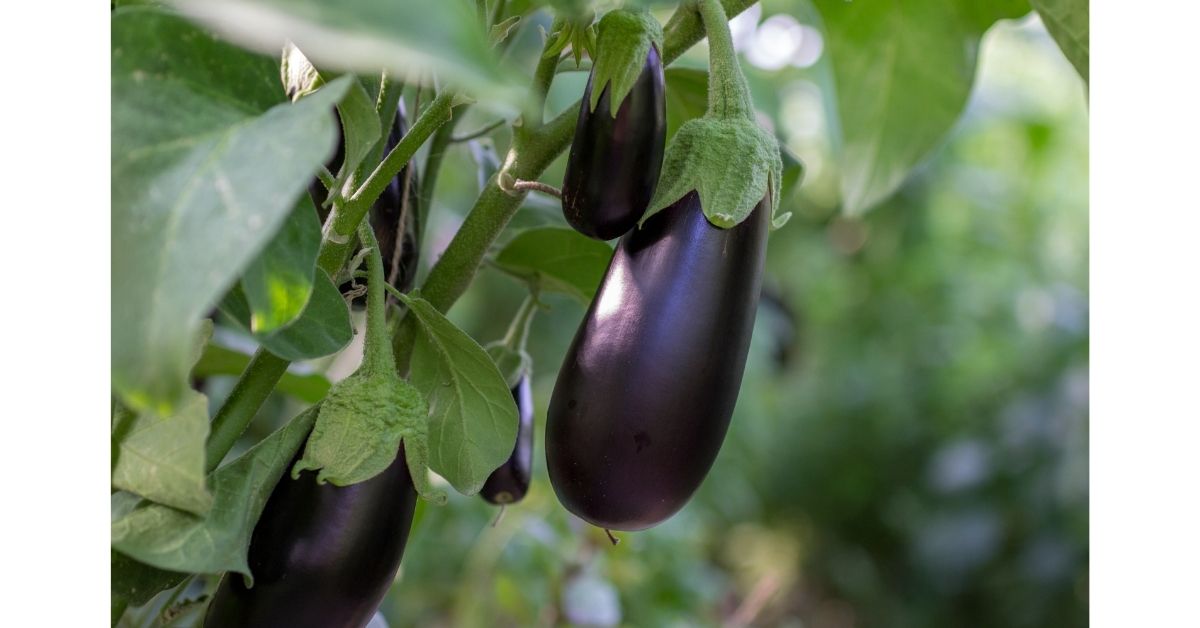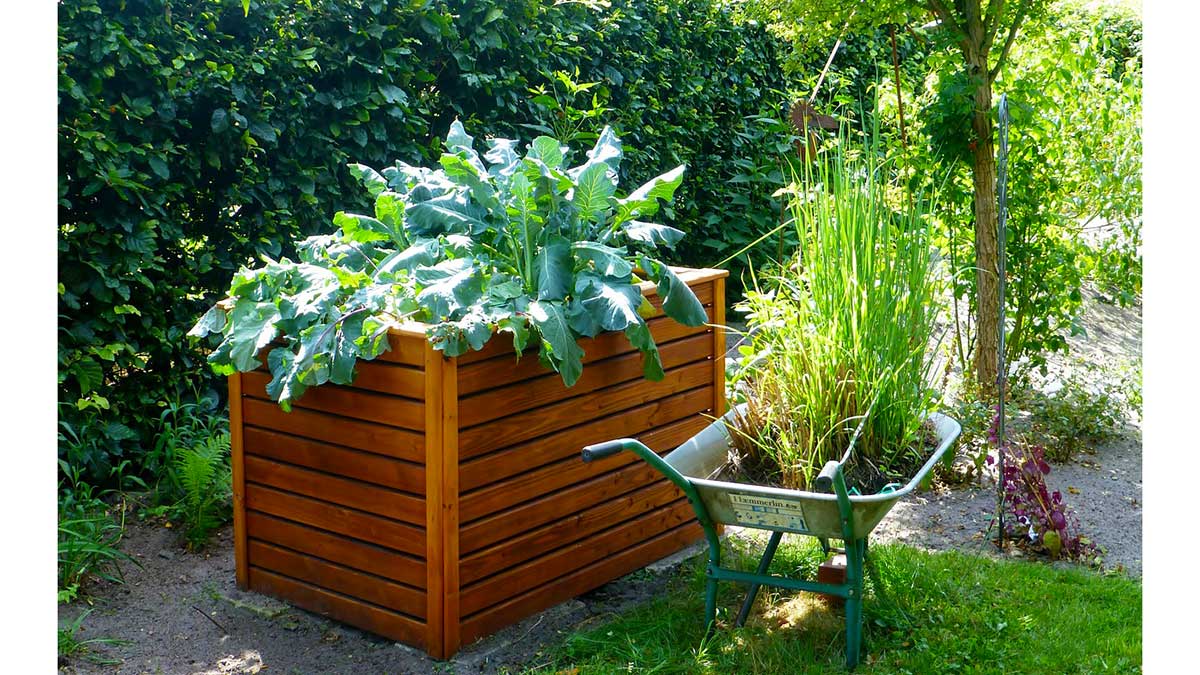What’s not to like about shade plants for low light areas? The landscape is typically the most vulnerable in our gardens’ poorly lighted regions, which rarely receive daylight. But you don’t have to throw up your garden gloves in disgust – at least not yet.
While molds, fungus, and lichens thrive in these often-maligned garden zones, there are plants that want shadow just as much — if not more – than molds, fungi, and lichens.
Take a walk in a rainforest and look at the understory plants that cheerfully accept a life without natural light. It’s as if illumination was the floral specimens’ arch-enemy, and hiding in the relative darkness was the obvious defense.
Yet, with all this adaptation forming their structures, key characteristics define what makes a foolproof shade plant. It’s these characteristics that should help your next nursery or garden center trip become a more straightforward decision-making process – with far better results!
Characteristics of Shade Plants
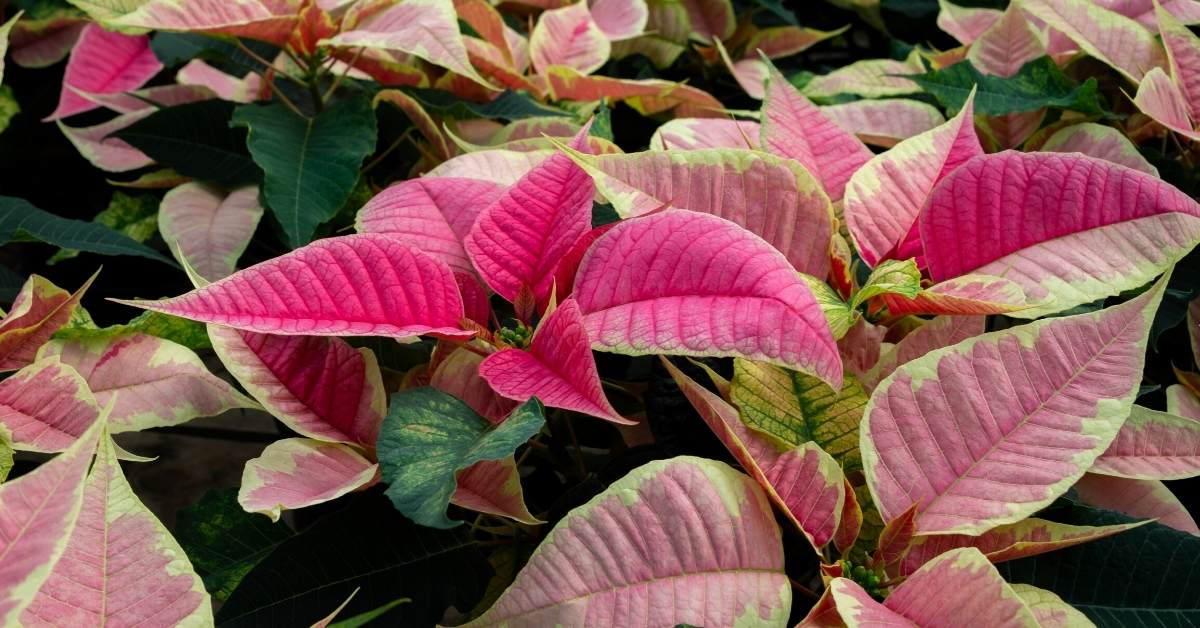
Foliage
Shade plants always exhibit light (as in “not heavy”) foliage with a greater surface dimension than most others. Point in case: compare a rose bush that requires heaps of sunlight with a hosta that thrives on limited exposure to bright lights.
This greater surface area has the ability to photosynthesize with far lower amounts of sunlight. In proportion to the plant’s size, its foliage will always be overstated and un-bulky.
You might want to see this: 50+ Full Sun Perennials To Start Growing
Flowers
If flowers exist, they are either profusely soft and light or rare and obnoxiously sanguine. A plant that doesn’t need too much energy to produce blooms will always perform much better as a shade plant – or at least one tolerant of shade. And rarely will these blooms offer a fragrance – again, more energy is required.
Soil Requirements for Plants For Low Light Areas
But shade plants won’t just grow in anything. They devour low pH, humus-ey soils. Back to the rainforest trek we started with, and you can imagine that under-story plants live off the nutrients provided by their taller cousins.
Composts and rich, acidic soils exist in these areas and define the best growing environment for shade lovers.
If you haven’t fallen in love with shade plants yet, then stick around as I offer a few options for even the darkest corners of your garden. No garden can exist without a pesky shade area, and if you’ve gardened for a while, you’ve probably stuck a headstone over a few of your nursery purchases.
Types of Foolproof Shade Plants
Hellebores
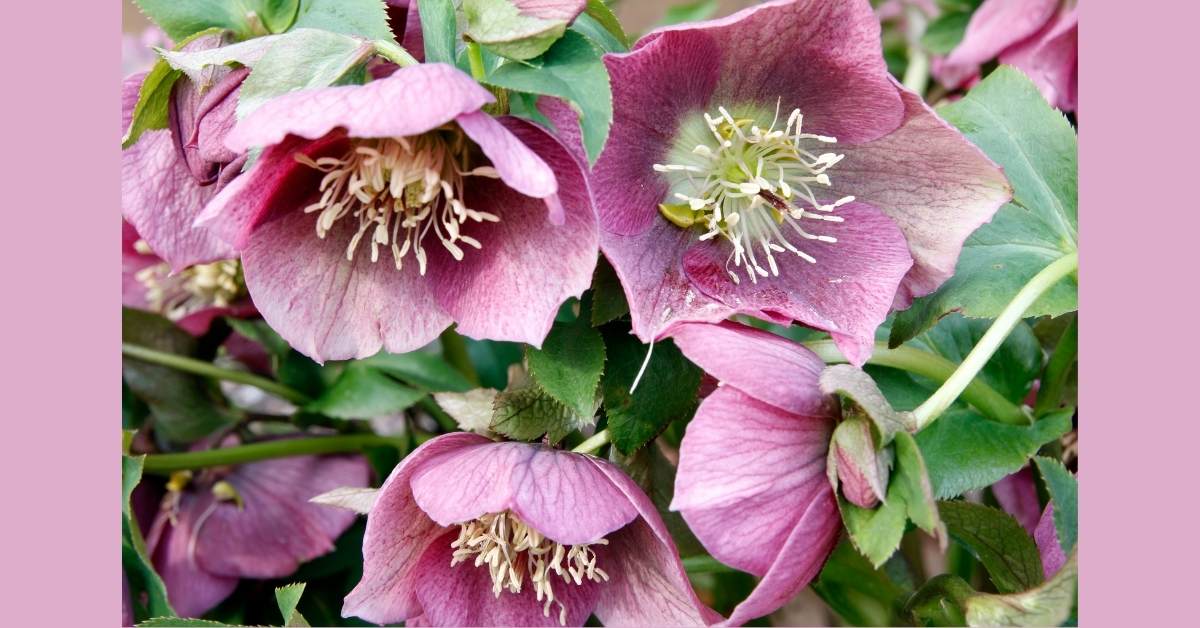
A personal fave of mine is the Hellebores sp. Simply put, a shaded area should not be devoid of a few different hellebores. Their moping heads, disdainfully staring at the soil, beg you to pick them up and enjoy their friendly faces.
Coated in chocolate hues, lime greens, or water-color mahogany, they are a shade plant that cannot be denied.
Don’t miss this: Growing Caryopteris Blue Mist Shrubs
Hostas
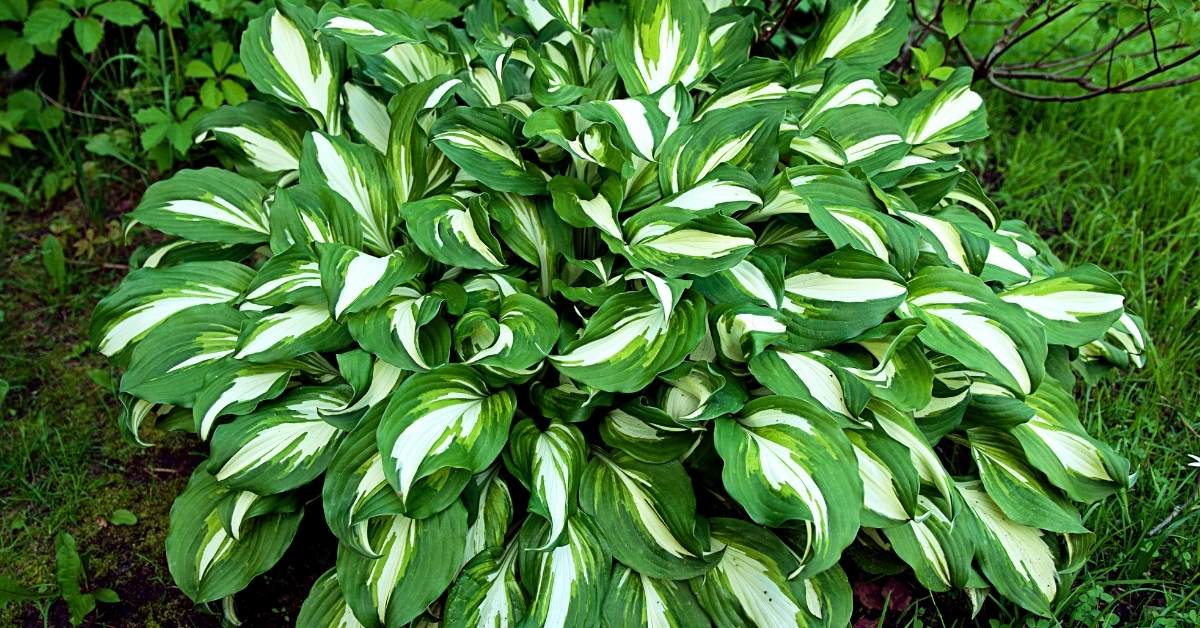
While I’m preparing for the rebuke of The Deep Middle’s, Benjamin Vogt, I am a big fan of hostas as a shade plant. These are clearly the ubiquitous plant to grow in shaded areas and offer a sense of presence and textured color rivaled by few other shade lovers.
Their deep blue and vermillion hues cast them as the star of dimly lit areas – even without the presence of a single bloom.
Heuchera
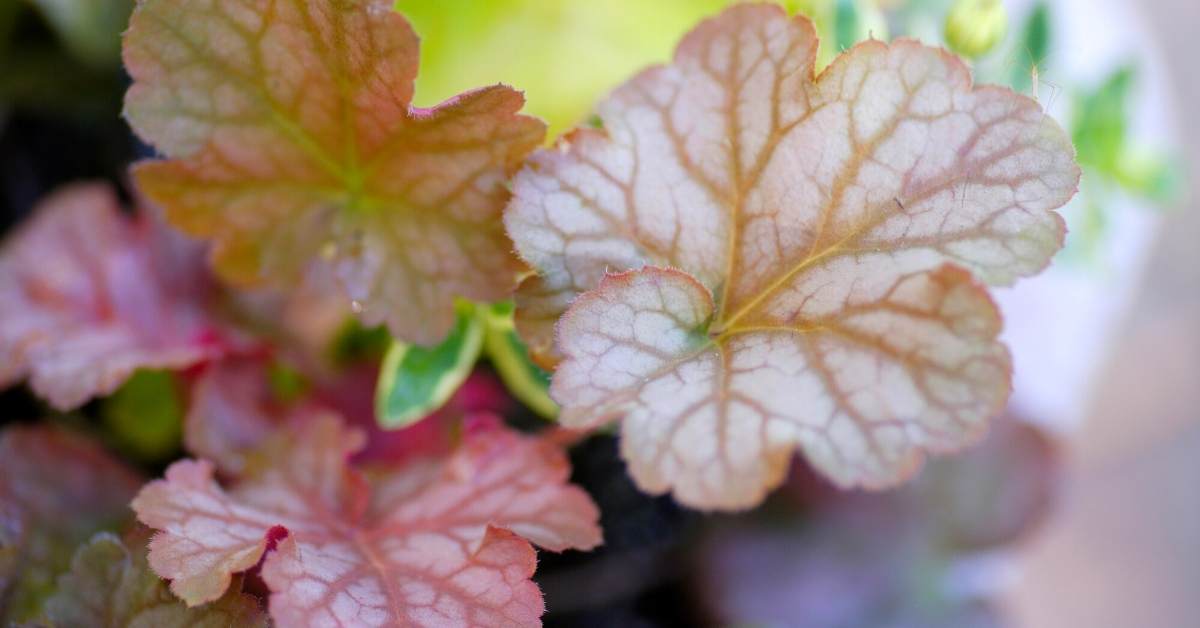
It’s only recently that I’ve fallen in love with heucheras. Initially, I wrote them off as an African-violet-wannabe, but they’ve since proved their place in my gardens with pastel shades and textures not displayed by many shade plants.
Plus, their late spring/summer flowers perched above a stem, seemingly unfit to perform such an activity, seem extravagant – yet delightful.
You might want to see this: Lavatera Flowers: How To Grow From Seed
Philodendron
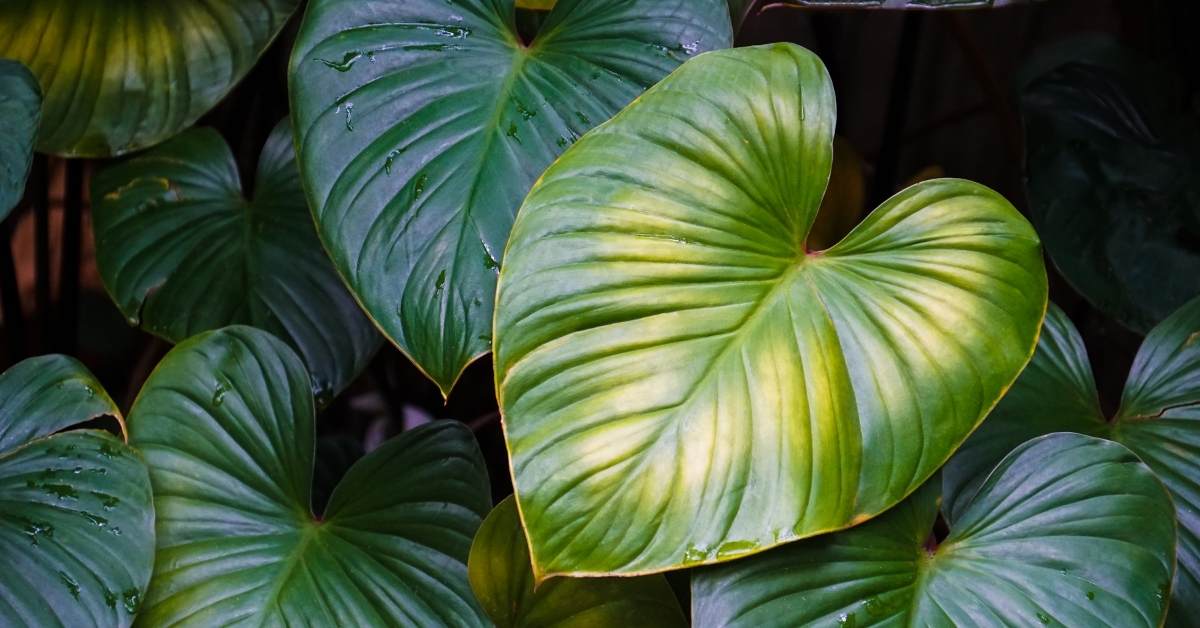
An oldie but a goodie. Philodendrons have seen a resurgence in many contemporary gardens because you just can’t beat a plant that continually performs. It’s a mainstay in shaded areas offering beautiful deep green leaves that look almost fern-like without being a fern.
This list is obviously not exhaustive, but if you need some more ideas, check out sago palms, ferns, bromeliads, tillandsias, and a raft of other plants that you’re likely to find in a rainforest habitat. That shaded area no longer needs to cause you such angst.
I love to hear your thoughts and solutions for shade plants and what’s growing well in your garden.
You might want to see all the articles in the planting category before you leave.
